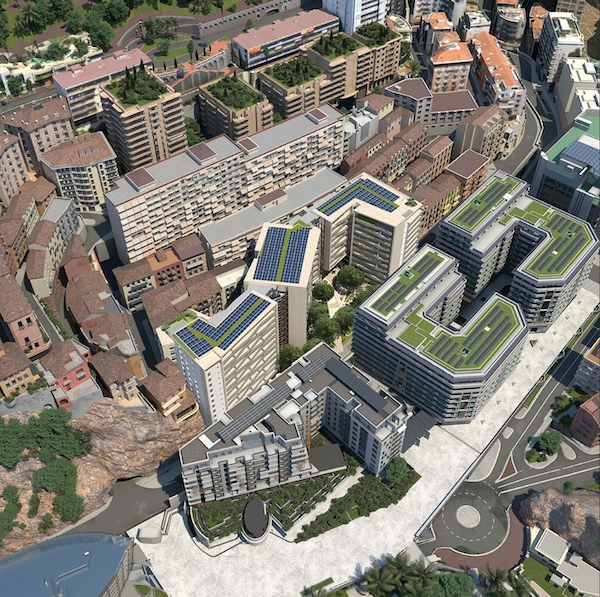
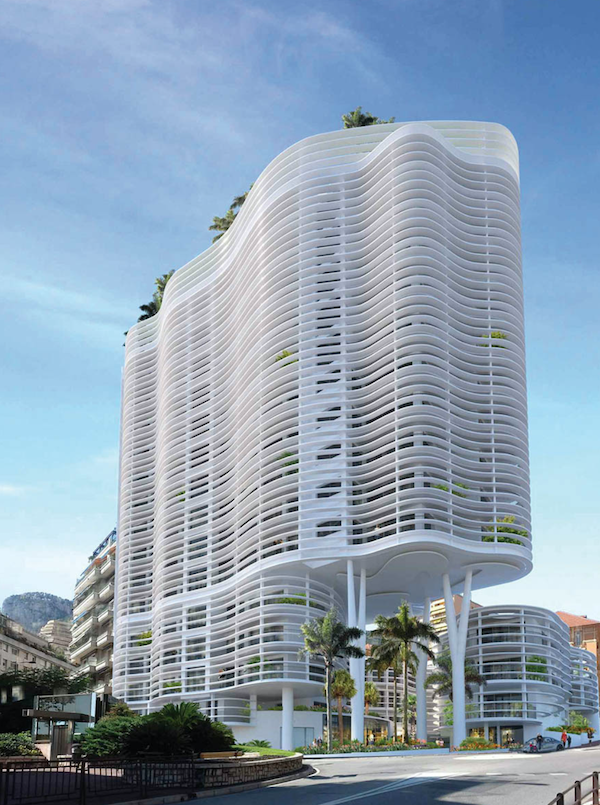
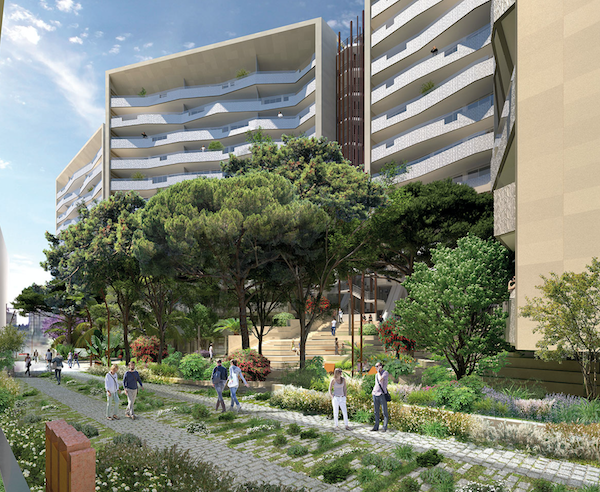
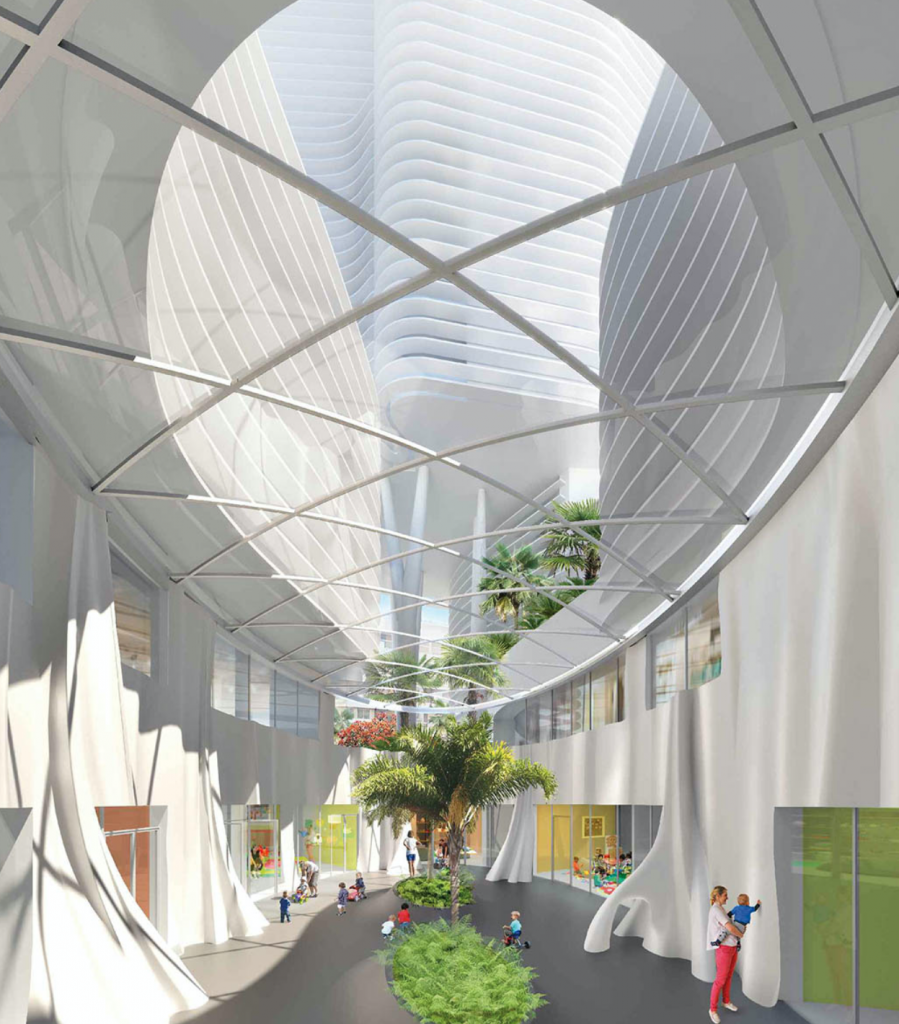
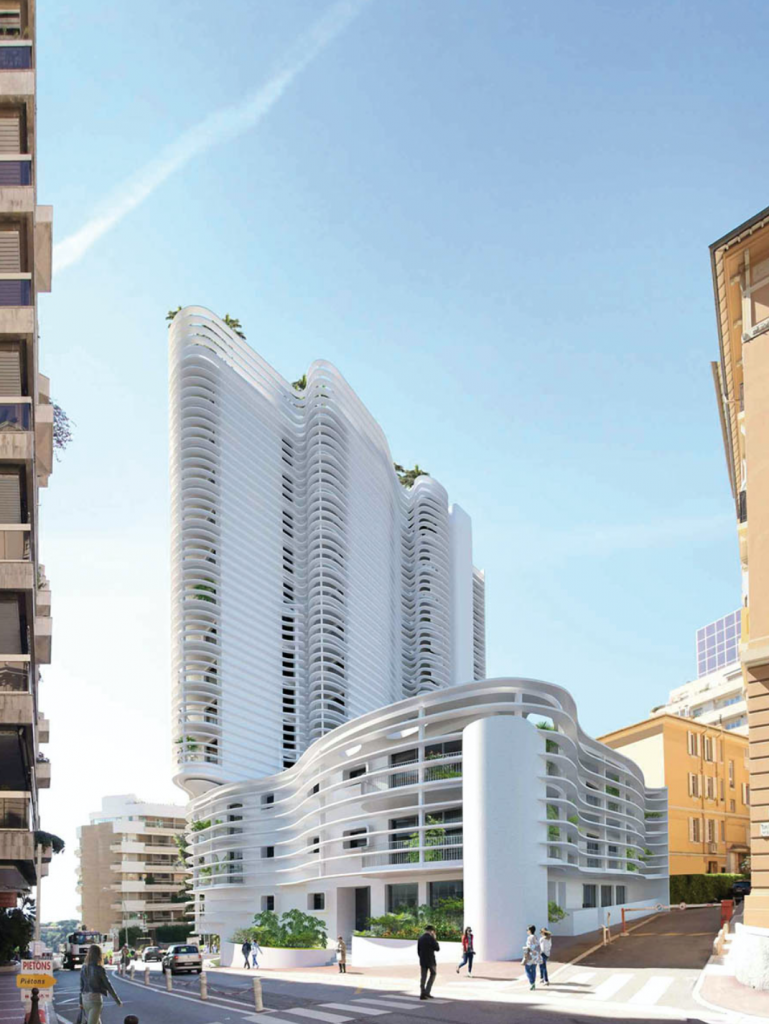
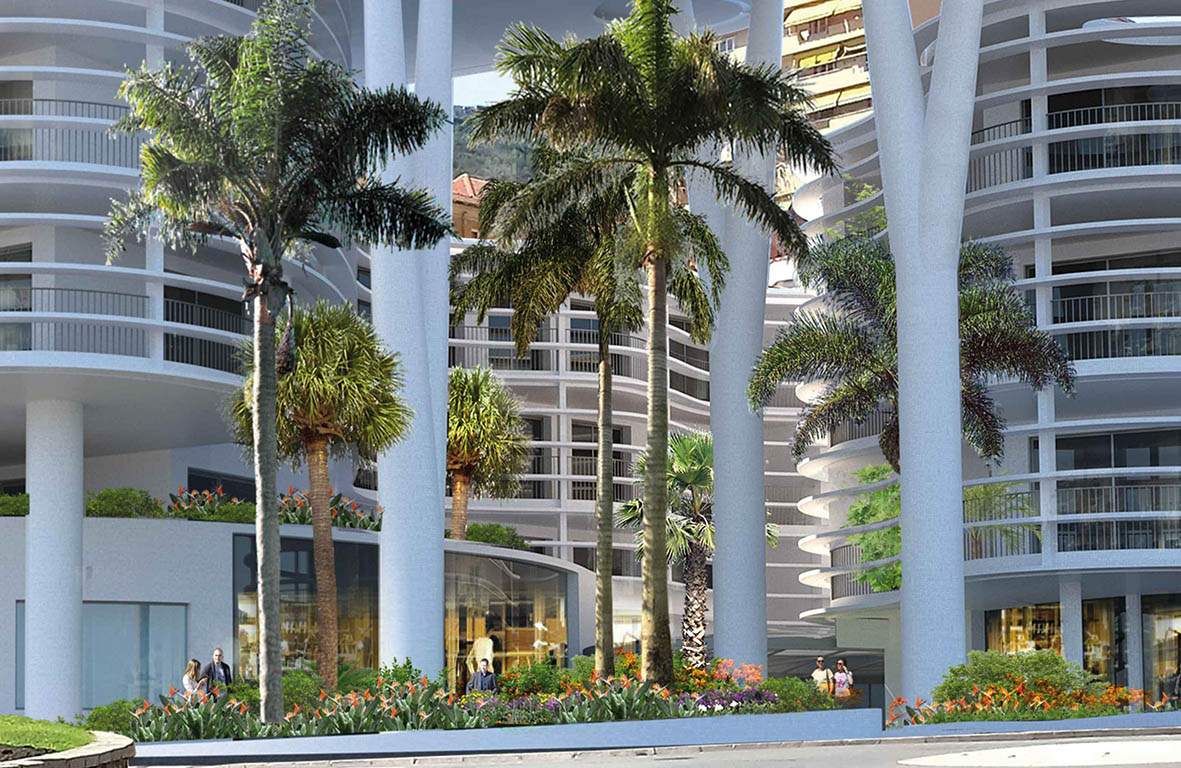





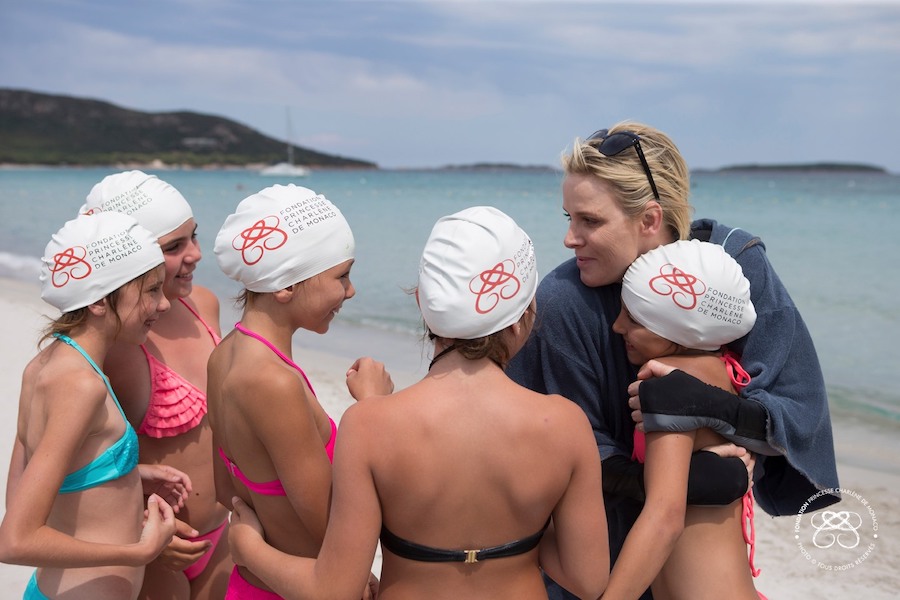
Almost 730,000 people, mainly children, from 34 countries have benefited from the swimming programmes organised by the Princess Charlene of Monaco Foundation since its creation.
Launched on 14th December 2012, the primary objective of The Princess Charlene of Monaco Foundation is to save lives by putting an end to drowning. Its missions are to raise public awareness about the dangers of water, teach children preventive measures, and teach them to swim.
By the end of 2019, nearly three quarters of a million people across the globe have had the opportunity to take part in these water safety programmes.
In an effort to raise funds for the development of more projects worldwide, the first ever Princess Charlene of Monaco Foundation Gala Dinner will be held on 16th May at the Salle des Etoiles at the Sporting Monte-Carlo.
A host of sports celebrities and artists will attend, while an auction will offer “unique items and exceptional experiences”, according to the foundation’s website.
Tickets are available at: gala@fondationprincessecharlene.mc
Photo: © Frédéric Nebinger / Prince’s Palace
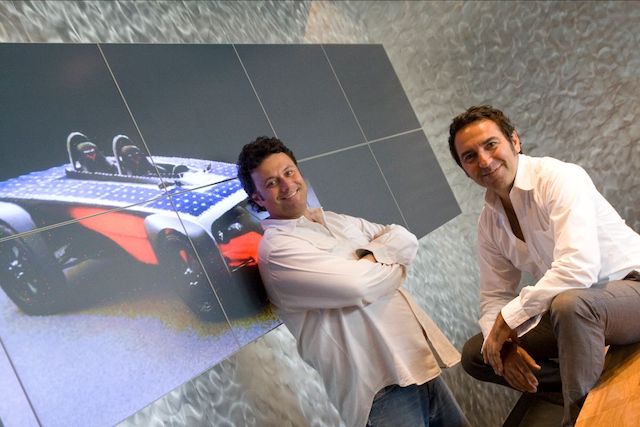
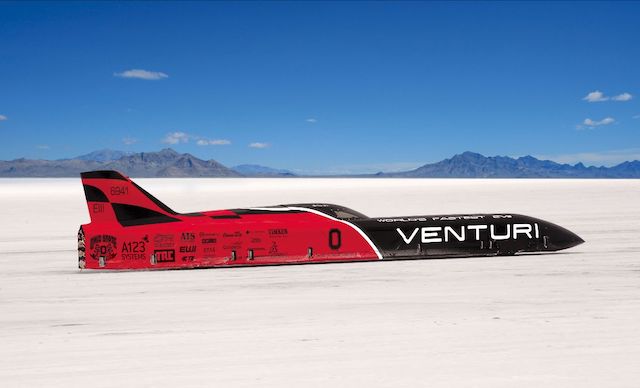
Top photo: Gildo Pastor and Sacha Lakic (2008)
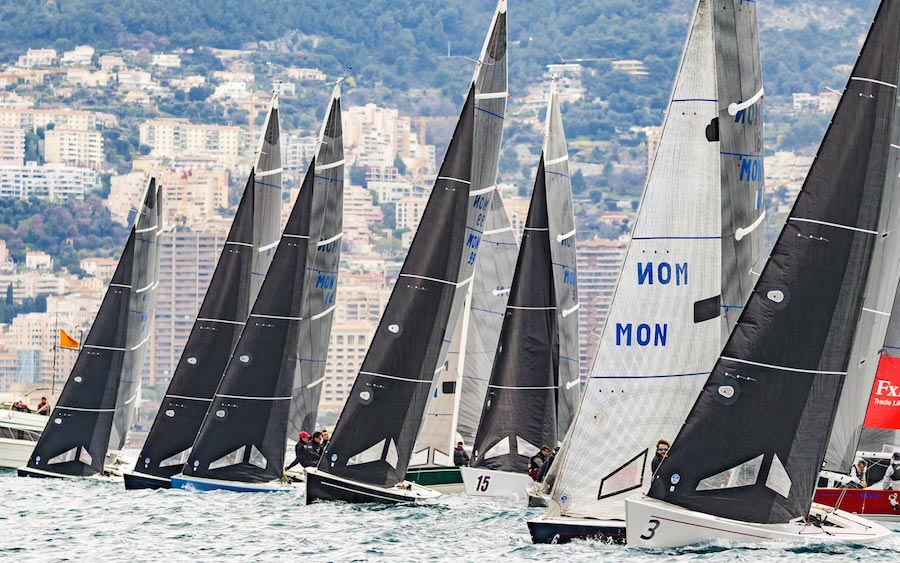
Monaco is gearing up for the 36th Primo Cup – Trophée Credit Suisse set to kick off on Thursday 6th February. Organised by the Yacht Club of Monaco, the competition is a meeting par excellence for one-designs.
The regatta has been held every February since 1985, the month it was launched at the instigation of YCM President HSH Prince Albert II.
Each year, top European one-design sailors gather in Monaco to compete in this first event on the Mediterranean circuit. The event is unusual in that top European teams are competing on the same race area as enthusiastic amateurs.
The profile of classes and competitors this year once again points to a high-level regatta that will live up to expectations, with some 450 sailors expected. Primo Cup regulars will be
there – the Smeralda 888s, Melges 20s and a big fleet of J/70s with several Nordic teams who have based themselves in the Principality over the winter for the Monaco Sportsboat Winter
Series of monthly regattas from October to March.
It’s a larger fleet due to the fact that Monaco is hosting the World Championship for this class from 18th to 23th October 2021, a deadline attracting international teams like the Americans on Team Newport Harbor and the British on Redshift. The latter will have Hannah Diamond onboard who recently cut her teeth on the Volvo Ocean Race after years in dinghy classes, notably the Nacra 17 in which she won the European Vice-Champion title in 2013.
Alongside will be the Longtze Premier, a 7m keelboat developed by the team on Le Défi at the America’s Cup in 2007 and which has spread rapidly in Europe.
Last but not least is a newcomer to the Primo Cup – Trophée Credit Suisse, the L30, recently selected as the class for the first offshore World Championship in Malta to be held this October.
This is a truly international new class, judging by the list of nations already signed up including Japan, Ukraine, South Korea, Belgium and France. The 30-foot keelboat was developed by Rodion Luka, the Ukrainian Olympic medallist and contestant in the 2008-2009 Volvo Ocean Race, in collaboration with RC44 designer, Andrej Justin. The new Offshore event should be at the 2024 Paris Olympics as mixed doubles, although this has yet to be confirmed. Unlike the double-hander racing at the Games, the Primo Cup – Trophée Credit Suisse will be a team event for this class.
The arrival of a fleet of Onefly dinghies, a winged and foiled one-design, completes an already well orchestrated spectacle. These flying dinghies have the features required to allow them to be sailed in all weather conditions. The YCM is expecting around a dozen on the water for Saturday 8th and Sunday 9th February for exhibition phases and test runs.
Source: Yacht Club of Monaco
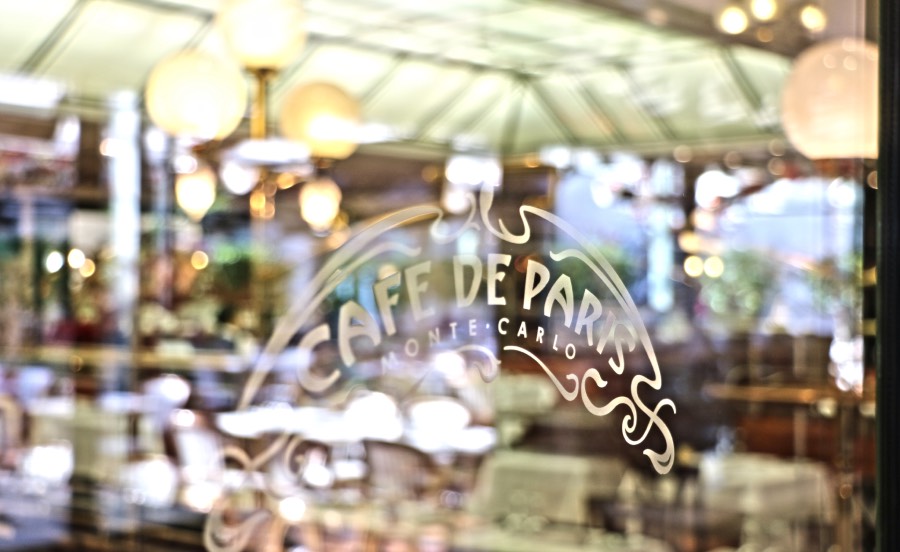
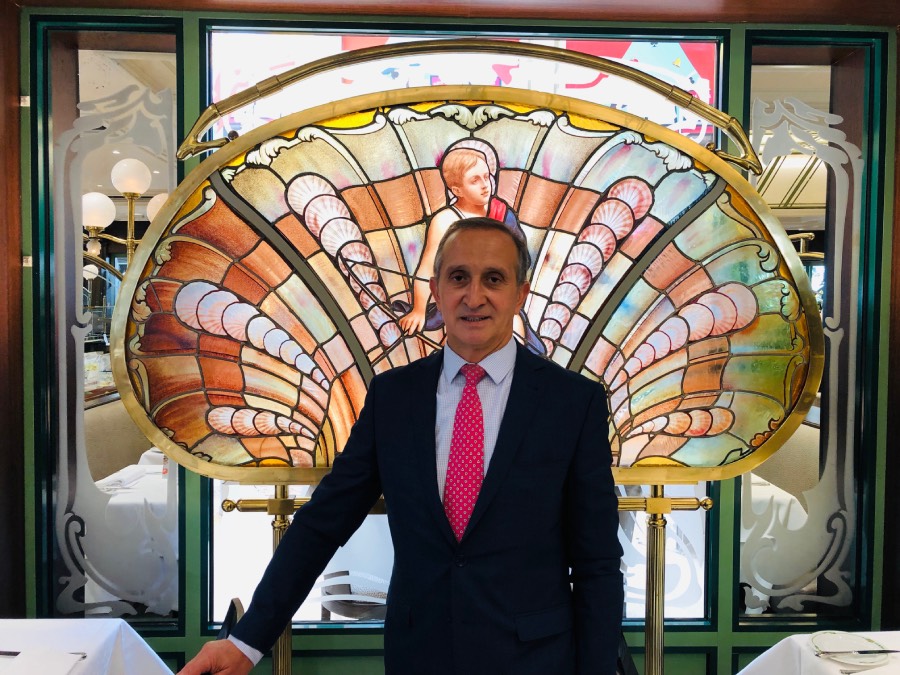
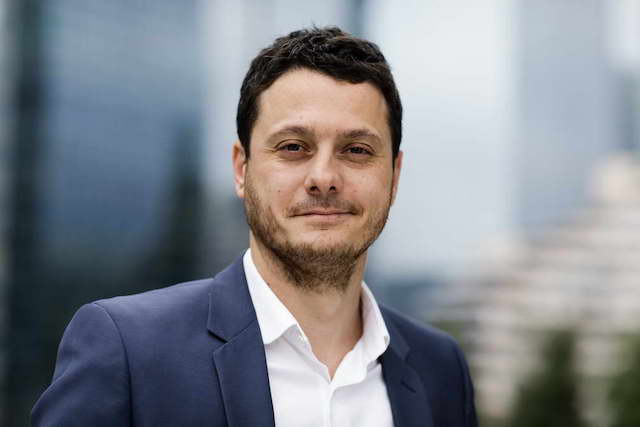
Georges Gambarini talks to Monaco Life about what it means to be a Smart City, why we need 5G, and the exciting new technology that he and his team are set to roll out in 2020.
Monaco Life: Why were you brought in to take control of Monaco’s Smart City programme in October 2018?
Georges Gambarini: Monaco has been a Smart City for a while now, but we needed to enter ‘Phase Two’ and go deeper and faster to create new digital services. Smart City Monaco is one of the Extended Monaco projects and my main purpose is to create a new vision of what a Smart City represents.
How do you create a Smart City?
There are two main axes of my job. Firstly, I create new multi-lingual digital services for residents, workers and visitors in Monaco. Secondly, I create new digital tools for government staff to use on a daily basis. Within that, there are three main categories…
Mobility: It is our job to help people access information on things like traffic jams and public transport timetables as easily as possible. We want fewer people taking their cars to go to work or the shop, but we also know that people will choose cars if they think they don’t have the right information on public transport. So, we are working on projects like Citymapper, which unifies all of our transport services in Monaco with one digital app. This is a world-wide multi-lingual application with a geographical scope from the Italian border to the Nice Airport, and allows users to plan their travel based on real-time access to all the various timetables.
Life quality: Another part of my job is to create new services in order to provide a better life quality to residents, visitors and workers. MonaMove is one such project and the aim is to provide a new digital sports station with free coaching for users. So far, we have had many people download the app, but we also have users who are not using the app, just the hardware. We know this because there are sensors on the equipment, and we can see the times, days and equipment that are most popular with users. So, it is getting great traction already, and we are very proud of this project. MonaMove is an example of how we aim to be inclusive, to make sure that digital does not create borders with some people. You can exercise using your mobile app if you want to, or you can exercise without using the app. But maybe over time, you will become familiar with it and improve your digital culture. Digital is for everybody, not only for young people, and while we don’t want to force it on people, we do encourage it, because it is the way of the world.
Urban planning: The job of my team and the government is to manage the city, and to do this we need to know the city. This year, with new technology, we will be monitoring a variety of things in the city streets: the average speed of cars, the air quality, the noise levels. We will even be able to monitor all of the parking spaces, and the next step will be an app that lets you see which spaces are free and available to book.
By doing this we are serving one of our major objectives, which is to foster our energy transition. Better management of our city means less consumption of energy, a decrease in traffic jams and therefore fewer emissions. The main essence of our Smart City is to be sustainable.
We have street lights, for example, which will increase in brightness when someone is walking underneath them and decrease when nobody is in the street, thereby reducing energy consumption. We will deploy some tech to monitor major works in the city, so we will have real-time tracking of noise, construction times, whether the work area is contained within the designated zone… If we find works that are not complying with the rules, authorities will be able to issue immediate fines. Of course, the law needs to evolve in order to provide digital’s full potential.
What are some of the new apps you are launching this year?
The Urban Report is an exciting new app that allows people to easily report things to authorities that they see throughout the city, for example road works. The right people will get the information and will try to find a solution as quickly as possible. Each citizen is part of the city and each citizen can help us manage the city effectively. Only digital can create this proximity between people and government action.
As great as digital is, it does raise concerns about privacy. So, how do you, as someone who is leading Smart City Monaco, reassure people of these fears?
Monaco is a very old country and very respectful of privacy because it is part of our business model. Providing security is also part of our business model. So, we try to find a technological approach that combines these two. In Monaco, we already have around 500 cameras manned by the police, and the rules of privacy are respected; we also have a very good police force in Monaco, so security is of a high standard.
What will the average person walking through Monaco notice over the next few months in terms of tech?
They may notice detectors because we are deploying around 15 digital detectors throughout Monaco in the first quarter. We will also deploy a series of smart traffic lights for testing. The aim is for buses to travel faster through the city on their routes because we think that if we improve the commercial speed of our buses, we will be able to attract more people to use the service, which means less cars. These ‘Smart’ traffic lights will be able to turn green when they detect an approaching bus, and we can apply this for other vehicles like police and ambulances. It will also help decrease the number of traffic jams in Monaco. We will be testing these in the this year.
People will also notice more digital screens throughout the Principality. We have already deployed 42 digital screens in three languages, featuring a lot of information about Monaco – transport solutions, information for tourists, waste management, even games. The screens have been used more than 50 times a day on average in less than six months so we are very happy with the initiative. Each screen location also provides free WiFi.
Another project that I am starting to work on involves low-tech. We still have a lot of old phone cables in Monaco, so the aim is to either remove them or reuse them by creating new services to utilise them in a different way.
We will also be developing a new ticketing app. It is the year 2020 after all, it would be nice to take the bus and pay with your phone. Hopefully, this will be ready in September for rentrée.
There are now 27 ‘Smart Cities’ across the globe, led by London, Singapore and Barcelona. Why is Monaco only now starting to introduce a lot of this technology?
We are a very small city and we need to find the right economic model to develop these kinds of apps, which is why we are a little late on certain things. But that’s my job, and the willingness of the government, to be a state-of-the-art city.
How important is 5G to Monaco?
5G will provide its full potential in 2020/2021. It is a very clever technology that enables digital services to perform at their optimum. 5G allows us to develop, for example, autonomous vehicles which require a precise and continuous internet connection in order to function properly.
Also, we are set to deploy a lot of tech throughout the city and each point will be a consumption point, so we need to increase our supply.
It wouldn’t be possible for the economy to go through what it is going through today without this kind of network. But we also understand that there is a lot of fear and misconception about 5G. The government, however, is monitoring, on a real time basis, electromagnetic field measurements throughout Monaco, making sure levels stay within regulation.
Last year we created a website called CartoRadio, where the public can find the main measures. This is important, because we know we need to be transparent. If people have concerns, we are more than happy to explain. We will continue to host education campaigns throughout the year on 5G and our new technologies and will also be communicating regularly with Monaco Life to make sure everyone is on board with the Smart City programme.
Sign up for the Monaco Life email newsletter.